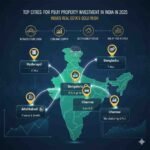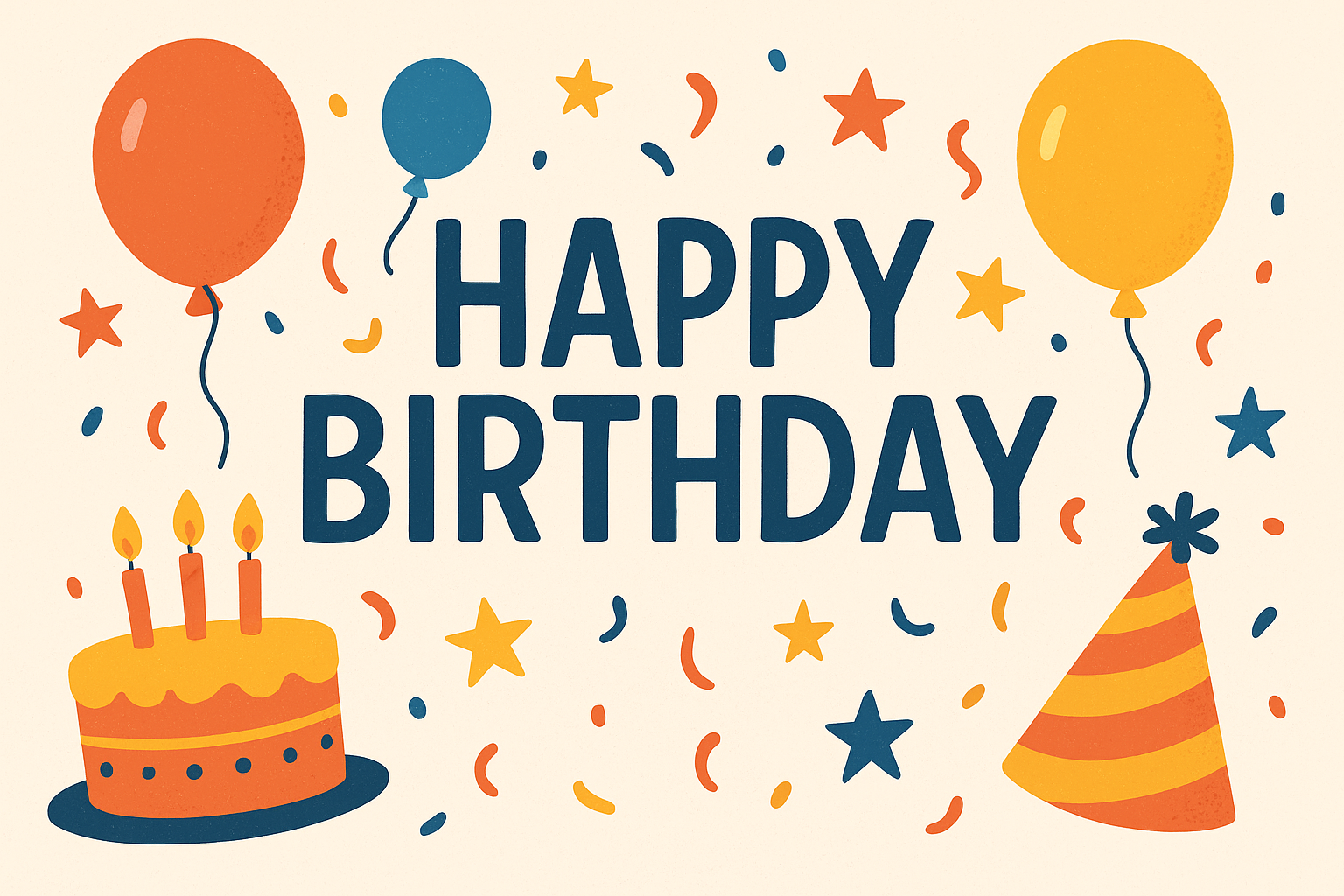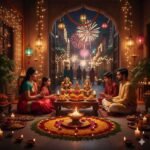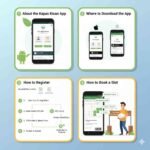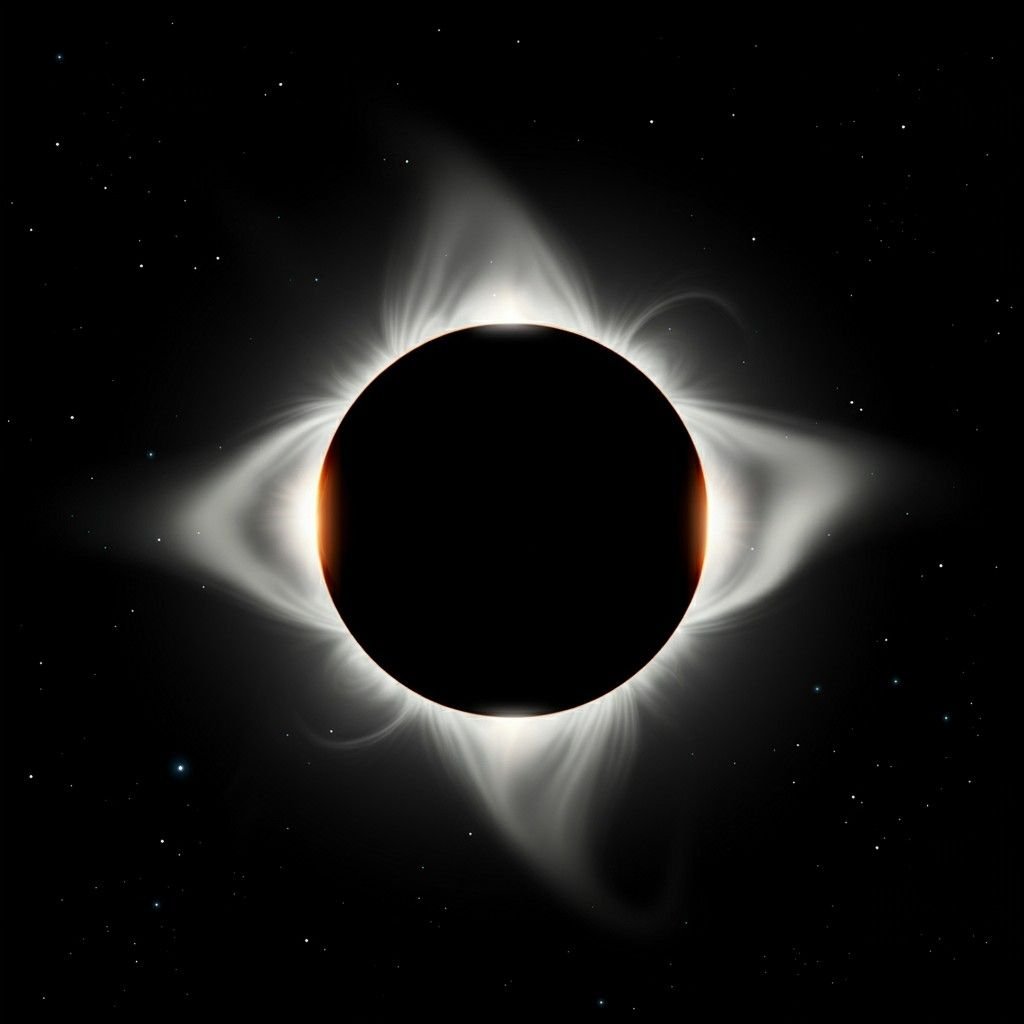
How to Safely Watch a Solar Eclipse: Your Complete Guide
On a crisp morning in 585 BCE, a fierce battle raged between the Medes and the Lydians in what is now modern-day Turkey. For five long years, the war had dragged on, but on this day, something extraordinary happened. As the armies clashed, the sky began to darken, the sun vanished, and daytime turned to twilight. The soldiers, terrified by this celestial omen, laid down their arms and declared a truce. What they had witnessed was a total solar eclipse, an event so powerful it brought an end to a war.
Solar eclipses have captivated humanity for millennia, seen as everything from divine messages to terrifying portents of doom. Today, we understand the science behind them, yet they remain one of nature’s most awe-inspiring spectacles. An eclipse offers a rare chance to witness the clockwork of our solar system in real-time, as the moon passes directly between the Earth and the sun, casting a shadow upon our world. This guide will walk you through everything you need to know to experience this cosmic event safely and fully, from the science behind the spectacle to the essential dos and don’ts of viewing.
What is a Solar Eclipse?
At its core, a solar eclipse is a celestial alignment. It occurs when the moon, during its orbit around the Earth, moves directly in front of the sun, blocking its light. This alignment casts a shadow on a small part of the Earth, creating a temporary twilight. For this to happen, three things must be perfectly aligned: the sun, the moon, and the Earth.
There are a few different types of solar eclipses, each determined by how the moon aligns with the sun and its distance from Earth.
Total Solar Eclipse: This is the most dramatic type of eclipse. It happens when the moon completely covers the sun, revealing the sun’s faint outer atmosphere, called the corona. The sky darkens significantly, temperatures may drop, and for a few brief moments, it feels like night during the day. This is only visible from a very narrow path on Earth, known as the path of totality.
Partial Solar Eclipse: In a partial eclipse, the moon only covers a portion of the sun, making it look like a bite has been taken out of it. These are more common and are visible over a much wider area than total eclipses.
Annular Solar Eclipse: This occurs when the moon is at its farthest point from Earth in its orbit. Because of this distance, it appears smaller in the sky and doesn’t completely block out the sun. Instead, it leaves a bright ring of sunlight visible around the moon’s silhouette, often called a “ring of fire.”
Hybrid Solar Eclipse: The rarest of all, a hybrid eclipse shifts between being an annular and a total eclipse. In some locations along its path, it appears as a total eclipse, while in others, it appears as an annular eclipse.
Safety First: What NOT to Do
Watching a solar eclipse is a memorable experience, but safety must be your top priority. Staring at the sun, even for a few seconds, can cause severe and permanent eye damage. The sun’s intense ultraviolet (UV) and infrared (IR) rays can burn the retina, a condition known as solar retinopathy. The damage is often painless, so you might not realize it’s happening until it’s too late.
Here’s what you absolutely must not do:
Never Look Directly at the Sun
This is the most critical rule. At no point during a partial or annular eclipse is it safe to look directly at the sun without proper eye protection. The only exception is during the brief period of totality in a total solar eclipse, when the moon completely obscures the sun. The moment the sun begins to reappear, you must put your viewing glasses back on.
Don’t Use Regular Sunglasses
Regular sunglasses, no matter how dark, are not safe for viewing a solar eclipse. They do not block the harmful UV and IR radiation that can damage your eyes. Polarized sunglasses are also insufficient. You need specialized solar filters to watch the event safely.
Avoid Unfiltered Cameras, Binoculars, or Telescopes
Using optical devices like cameras, binoculars, or telescopes without a proper solar filter is extremely dangerous. These instruments concentrate the sun’s rays, which can cause instant and severe eye injury. It’s like using a magnifying glass to focus sunlight onto your retina. This can also damage the device itself.
Safe Viewing Practices: What TO Do
Now that you know what to avoid, let’s cover the safe ways to enjoy an eclipse. With the right tools and techniques, you can witness this incredible event without risking your eyesight.
Use ISO-Certified Solar Viewing Glasses
The safest way to watch an eclipse is with special-purpose solar filters, such as “eclipse glasses” or handheld solar viewers. Make sure they meet the ISO 12312-2 international safety standard. This certification means the glasses block enough of the sun’s harmful rays to make viewing safe.
Where to Buy: Purchase glasses from reputable sources, such as the American Astronomical Society (AAS), which provides a list of approved vendors. Avoid buying from unverified sellers online, as counterfeit products are common.
Inspect Your Glasses: Before use, inspect your glasses for any scratches, punctures, or tears. If you find any damage, discard them immediately. A damaged filter is an unsafe filter.
Build a Pinhole Projector
A pinhole projector is a simple, safe, and effective indirect viewing method. It projects an image of the sun onto a surface, so you’re not looking at the sun directly. Here’s how to make one:
Get two pieces of stiff white paper or cardstock.
In the center of one piece, poke a small, round hole with a pin or a thumbtack.
During the eclipse, stand with your back to the sun. Hold the paper with the hole over your shoulder, allowing sunlight to pass through it.
Hold the second piece of paper in front of it, like a screen. You’ll see a small, projected image of the sun on the paper. As the eclipse progresses, you’ll see the moon’s shadow move across the projected image.
You can also use natural pinhole projectors. The gaps between leaves on a tree, for example, can create dozens of tiny eclipse projections on the ground.
Use Other Indirect Viewing Methods
If you have a telescope or binoculars, you can use them to project an image of the sun onto a white surface. Attach the device to a tripod and aim it at the sun without looking through the eyepiece. Hold a piece of white paper a few feet away from the eyepiece, and you will see a projected image of the eclipse. Be sure to cover the finder scope and ensure no one looks through the main lens.
Getting Ready for Eclipse Day
Proper preparation can make the difference between a frustrating experience and a magical one. Here are some tips to help you get ready.
Check the Weather Forecast
A clear sky is essential for a good view. Start monitoring the weather forecast a few days in advance. If clouds are predicted, don’t despair—sometimes the sky can clear up just in time. Have a backup location in mind if possible, even if it’s just a short drive away.
Find a Good Viewing Location
Choose a spot with a clear, unobstructed view of the sky in the direction of the sun. Parks, open fields, or even large parking lots can be great options. If you’re in a city, try to get away from tall buildings that might block your view. Less light pollution will also make the experience more dramatic, especially during totality.
Plan Your Travel
Major solar eclipses can attract huge crowds, leading to significant traffic congestion. If you’re traveling to the path of totality, plan to arrive at your destination at least a day early. Pack essentials like water, snacks, and a full tank of gas, as local resources may be strained.
Making the Most of the Eclipse
An eclipse is more than just a visual spectacle. It’s an immersive experience that affects the entire environment.
Observe the Changing Environment
Pay attention to the world around you as the eclipse progresses. You may notice:
A drop in temperature: As the moon blocks the sun’s light, the temperature can drop several degrees.
Changes in wind: Sometimes, the change in temperature can cause a shift in wind patterns, known as an “eclipse wind.”
Animal behavior: Animals can get confused by the sudden darkness. Birds may stop singing and start to roost, and crickets might begin to chirp.
Take Photographs Safely
If you want to photograph the eclipse, you must use a proper solar filter on your camera lens to protect both your camera’s sensor and your eyes. During the brief moments of totality, you can remove the filter to capture the sun’s corona, but be ready to put it back on as soon as the sun reappears.
Share the Experience with Others
Eclipses are wonderful communal events. Consider organizing a viewing party with friends, family, or neighbors. It’s a fantastic educational opportunity for children and a chance to create lasting memories together.
Myths and Misconceptions
Eclipses have been the source of myths for centuries. Here are a few common ones, debunked:
Myth: Eclipses release harmful radiation that can harm pregnant women.
Fact: The radiation from an eclipse is the same as the sun’s radiation on any other day. It is not harmful to be outside during an eclipse, as long as you don’t look directly at the sun.
Myth: Food prepared during an eclipse is poisoned.
Fact: This is an ancient superstition with no scientific basis. The eclipse has no effect on food.
The Cultural Significance of Eclipses
Across history, different cultures have interpreted eclipses in fascinating ways. In ancient China, it was believed a dragon was devouring the sun, and people would bang drums to scare it away. For the Vikings, two celestial wolves, Sköll and Hati, were chasing the sun and moon, and an eclipse meant they had finally caught their prey. These stories highlight the profound impact these events had on our ancestors and their attempts to make sense of the cosmos.
A Spectacle to Remember
Witnessing a solar eclipse is a profound experience that connects us to the vastness of the universe and our place within it. It’s a reminder of the beautiful, predictable dance of celestial bodies that has been unfolding for billions of years. By taking the right precautions, you can safely enjoy this breathtaking spectacle and create a memory that will last a lifetime. So, get your eclipse glasses ready, find a clear spot, and prepare to be amazed.
SolarEclipseExperience
The Mystical Beliefs of Ancient Civilizations
In ancient civilizations, solar eclipses were often seen as mystical and supernatural events. They were interpreted as omens or messages from the gods, and people would perform rituals to appease them. For example, in ancient China, it was believed that a dragon was swallowing the sun during an eclipse, so people would make loud noises and bang on pots to scare it away.
Similarly, in India, it was thought that demons were consuming the sun during an eclipse. To protect themselves and their crops from harm, people would gather at temples to pray and offer sacrifices to appease the gods.
Scientific Breakthroughs
Although ancient civilizations lacked a scientific understanding of eclipses, they did make some important observations that contributed to our knowledge of these celestial events. For instance, the ancient Greeks were able to predict eclipses through basic geometric principles and observations of the moon’s orbit.
In more recent history, scientists like Galileo and Kepler made groundbreaking discoveries about the mechanics behind eclipses. Galileo observed that during a solar eclipse, the moon casts a shadow on the Earth’s surface, confirming that it was indeed the moon blocking out the sun’s light.
Kepler then determined that eclipses occur when the moon passes between the Earth and sun, based on his laws of planetary motion. These scientific breakthroughs helped us gain a better understanding of eclipses and how they occur.
For more articles click here

